So, what does it take for a state to foster a comfortable and safe environment for people with disabilities?
According to the United Cerebral Palsy’s most recent ranking of the best states for people with disabilities, there are five distinct categories. It requires promoting independence, keeping families together, encouraging productivity, reaching those in need and tracking health, safety and quality of life.
The 2015 Case for Inclusion report came back with some disappointing figures. Waiting lists for residential and community services remain high and unemployment rates have increased among this demographic.
In just eight states, 33 percent of people with disabilities have competitive employment. That’s down from 10 last year.
Still, a number of states have made some marked improvement, and these are the 10 best for people living with intellectual or developmental disabilities.
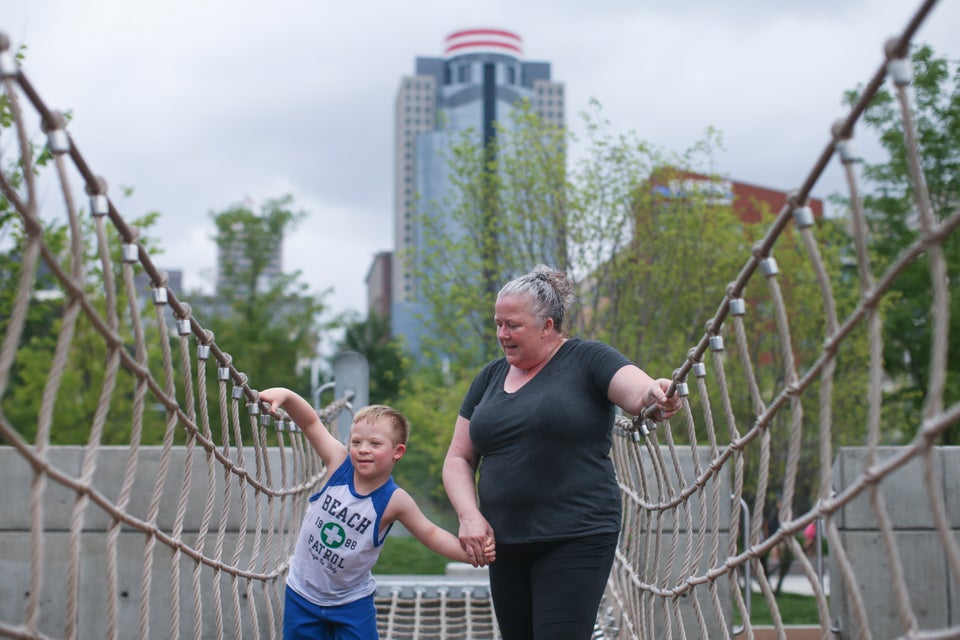
Ohio "dramatically" increased the number of individuals and resources committed to serving the disability community and cut the number of people being served in large institutions by more than half, according to the 2015 Case for Inclusion report. It rose from No. 48 in 2007, to No. 10 in 2015.
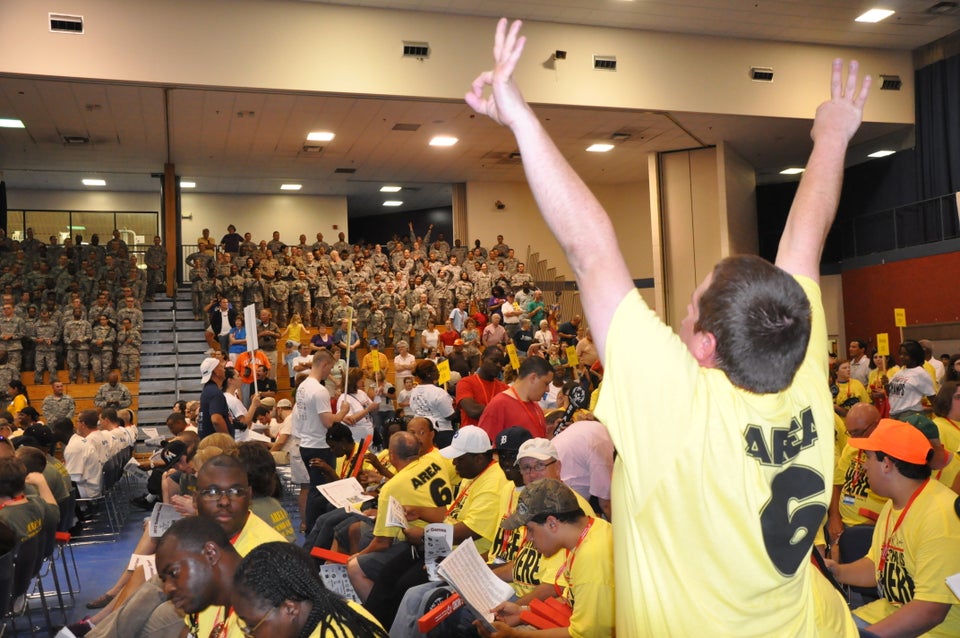
The report found that improving conditions for people with disabilities doesn't necessarily require enormous wealth. South Carolina was the 44th poorest state, based on median income, yet it was No. 9 in terms of quality of life for people with disabilities.
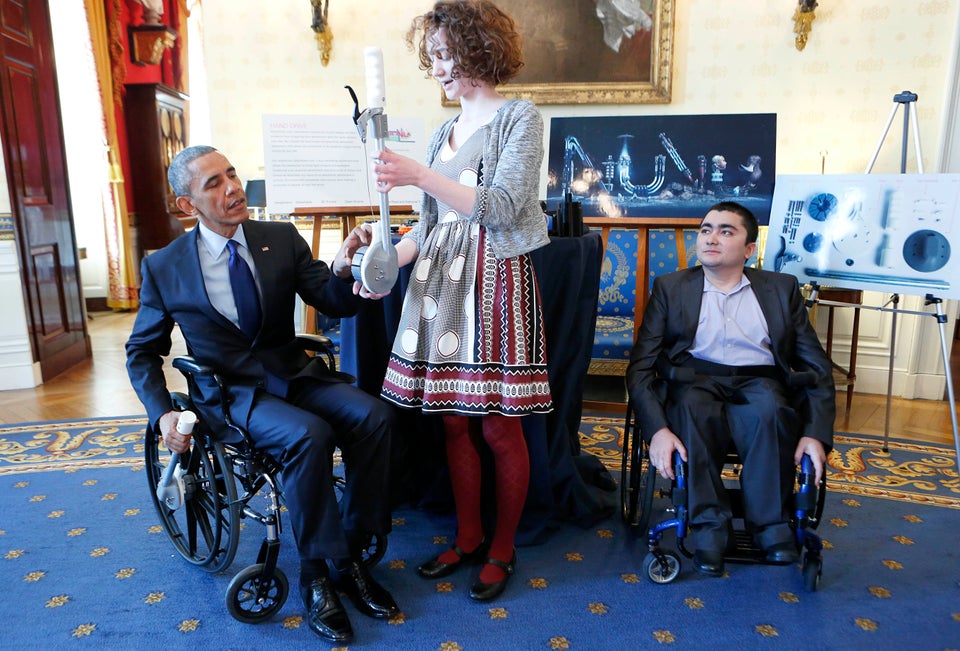
Washington, D.C. is one of 14 states that reported having no state institutions that seclude people with intellectual or developmental disabilities.

Minnesota is among 14 states that offers support services to a large number of families caring for a relative with disabilities. Such programs allow families to stay together and enable people with disabilities to live in a community setting, according to the 2015 Case for Inclusion report.
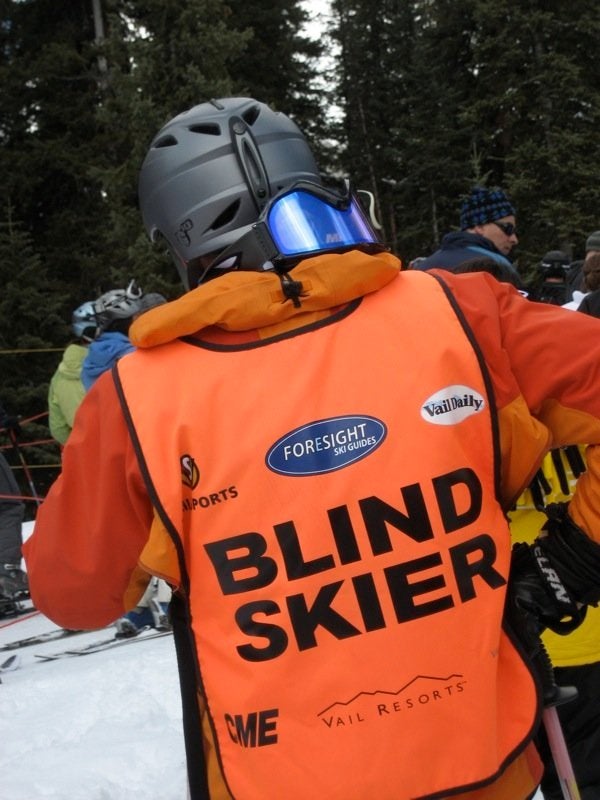
Colorado is one of eight states that are top performers in the “home-like setting standard" category. That means that 80 percent of people with disabilities live in their own home, a family home, or group setting that has fewer than four residents.
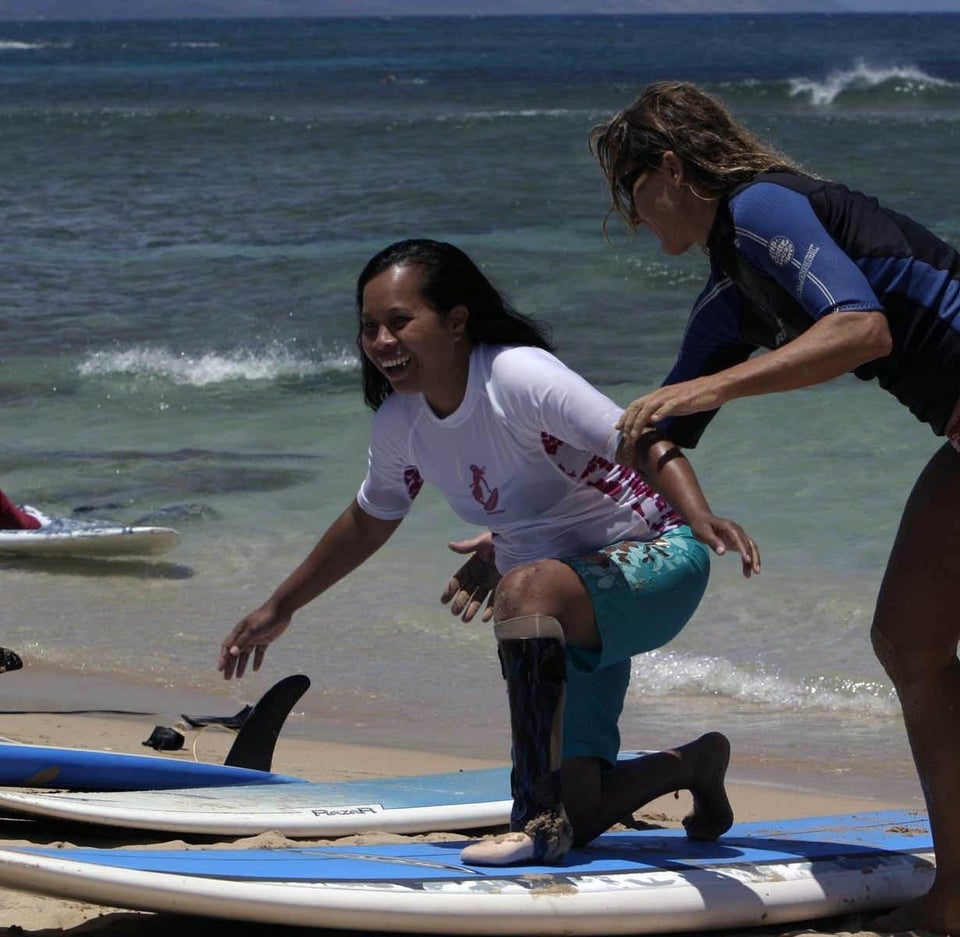
Hawaii is one of 10 states where at least 10 percent of people with disabilities use self-directed services, according to the 2015 Case for Inclusion report. That means they have more control, and are more involved in decision-making matters, when it comes to their Medicaid services.
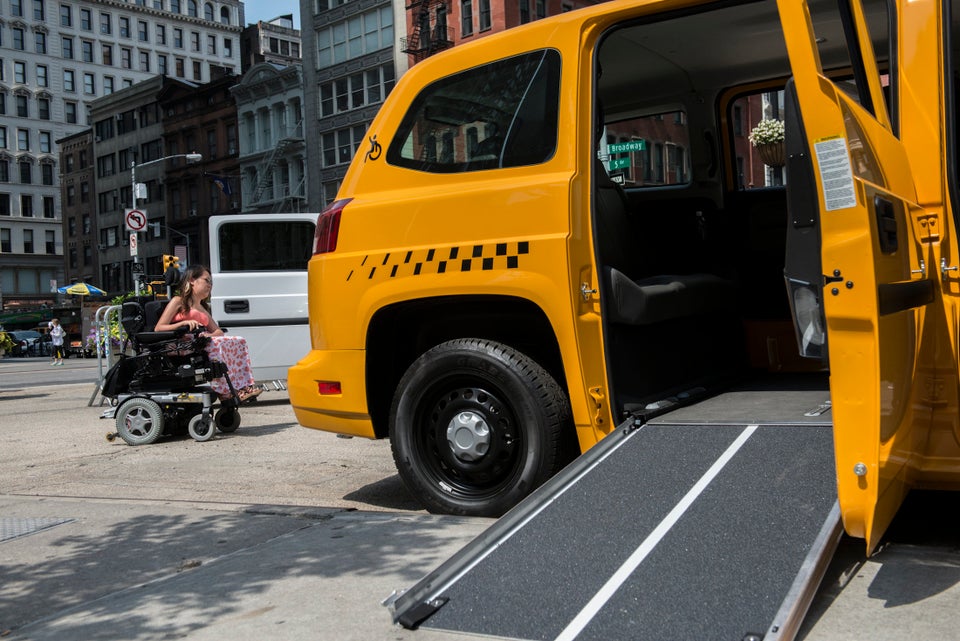
Since 1960, 220 state institutions have closed. By next year, 16 more are expected to be shuttered, which include two in New York. Activists often argue that such large institutions segregate people with disabilities from society and also aren't cost efficient, Amber Smock wrote in a blog post for American Association of People with Disabilities.

Missouri jumped from No. 41 in 2007 to No. 3 this year by increasing the amount of resources allocated to people with disabilities and closing six state institutions, among other noteworthy improvements.

Maryland is one of just eight states where at least 33 percent of people with intellectual or developmental disabilities are working in competitive employment. That’s down from 10 states last year, according to the 2015 Case of Inclusion report.

While Arizona ranked No. 1 overall, the 2015 Case for Inclusion report called on the state to still work toward making the state even more accessible for people with disabilities by promoting productivity, a category it came in at No. 41.
